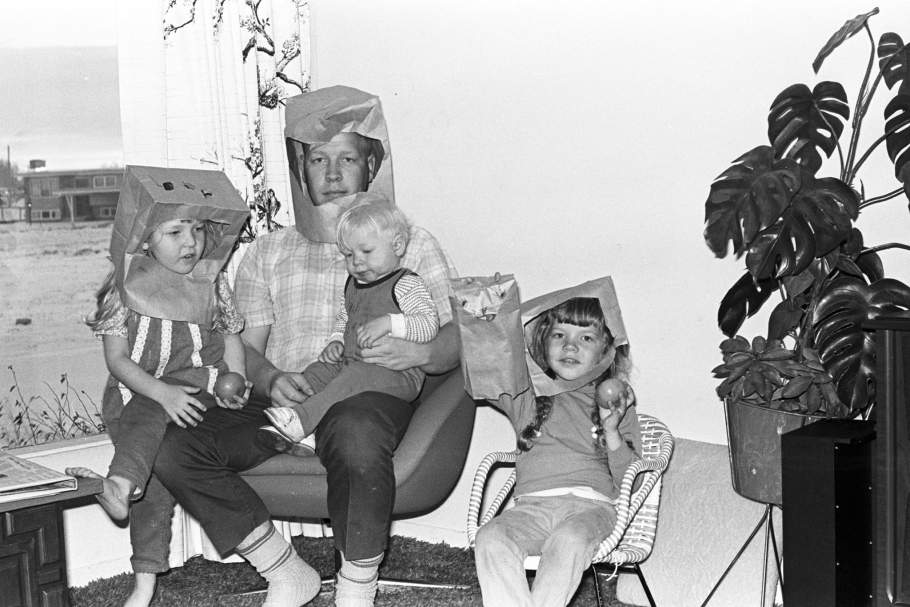2 Min Read
How NASA’s Marketing Strategy Got Us to the Moon
“We choose to go to the moon. We choose to go to the moon in this decade and do the other things, not because they are easy, but because they are hard …”
President John F. Kennedy’s 1961 speech might have been one of the most ambitious and reckless product launches of all time. In 1961, the U.S. didn’t have the knowledge, technology or budget to put a man on the moon.
Half a century later, many don’t realize the role NASA’s bold marketing strategy played in making Neil Armstrong and company the first humans ever to set foot on another world.
Marketing the Apollo Program
In the early 60s, the U.S. space program was consistently failing to keep pace with a major competitor – the U.S.S.R. The Soviets were the first to put a satellite in orbit and the first to send a living creature into space (a dog named Laika on a tragic one-way trip). They were the first to send a human being into space.
For the U.S., the Apollo program was as much about gaining a competitive edge over the Russians as it was about interplanetary exploration, and leaders were strategic about selecting an objective they knew we could win.
With Apollo, NASA focused on how it was different than the competition.
The space program was open and transparent, with live broadcasts and a technology-driven approach to its mission. That contrasted with the U.S.S.R.’s secretive, state-controlled program and messaging.
As Charles Fishman writes in One Giant Leap: The Impossible Mission That Flew Us to the Moon, Apollo served as a marketing campaign to prove that “democracy could out-manage authoritarianism.”
Building an Audience for the Moon Landing
The public spectacle around the lunar missions also kept the public engaged. Richard Jurek, author of Marketing the Moon: The Selling of the Apollo Lunar Program calls Apollo 11’s “Eagle has landed” event the world’s first viral moment. More than half a billion people around the world watched the Moon landing as it happened.

It was NASA’s PR team that pushed for live broadcasts – a strategy that continues to pose real risks, including tragedies like the Space Shuttle Challenger explosion.
Without that early transparency and excitement, we may have never reached the moon at all. NASA’s marketing helped captivate the public’s imagination around reaching the moon, which in turn maintained funding for the expensive program.
Today, the Apollo program is remembered for lesser innovations like Tang, Velcro and Neil Armstrong’s potentially botched one-liner.
In fact it was a huge PR win for the U.S. and showed the power of marketing in building enthusiasm and support for big new ideas. NASA’s smart marketing tactics continue to this day, from sharing updates from the Mars Opportunity rover to creating a landing spot for Apollo 11 50th anniversary coverage and events.